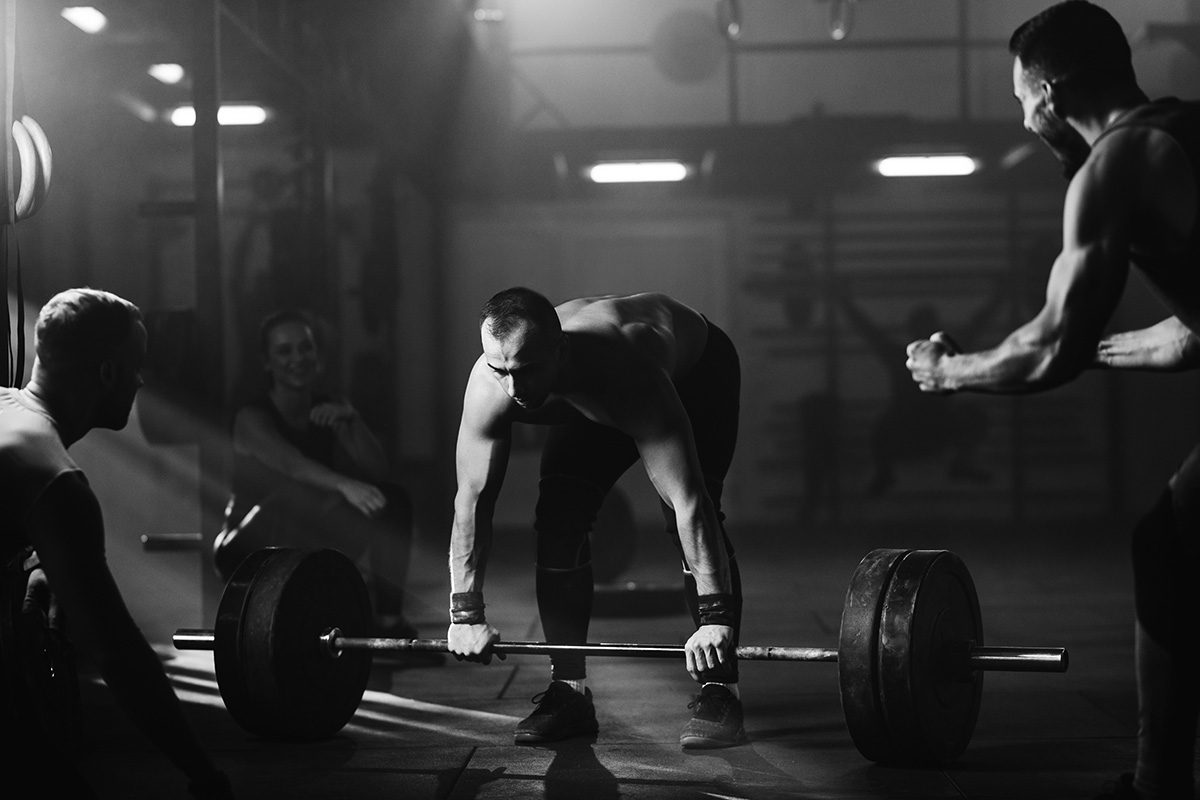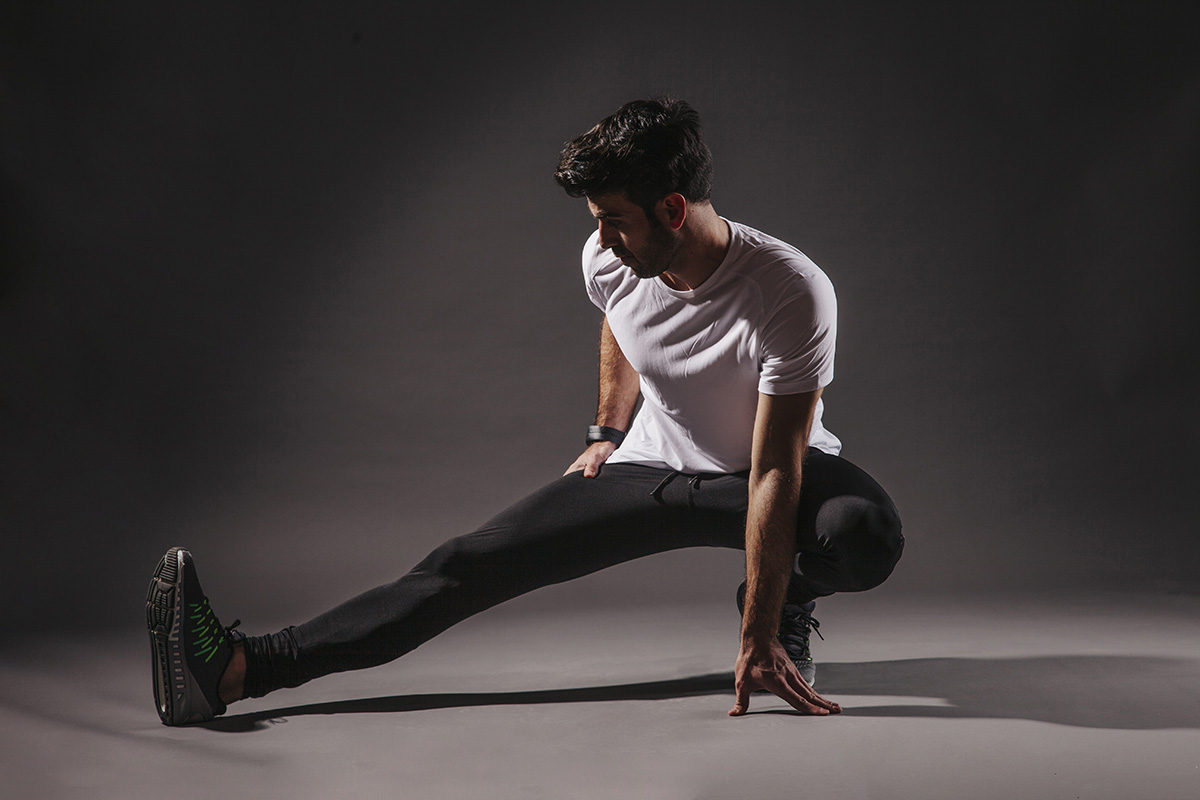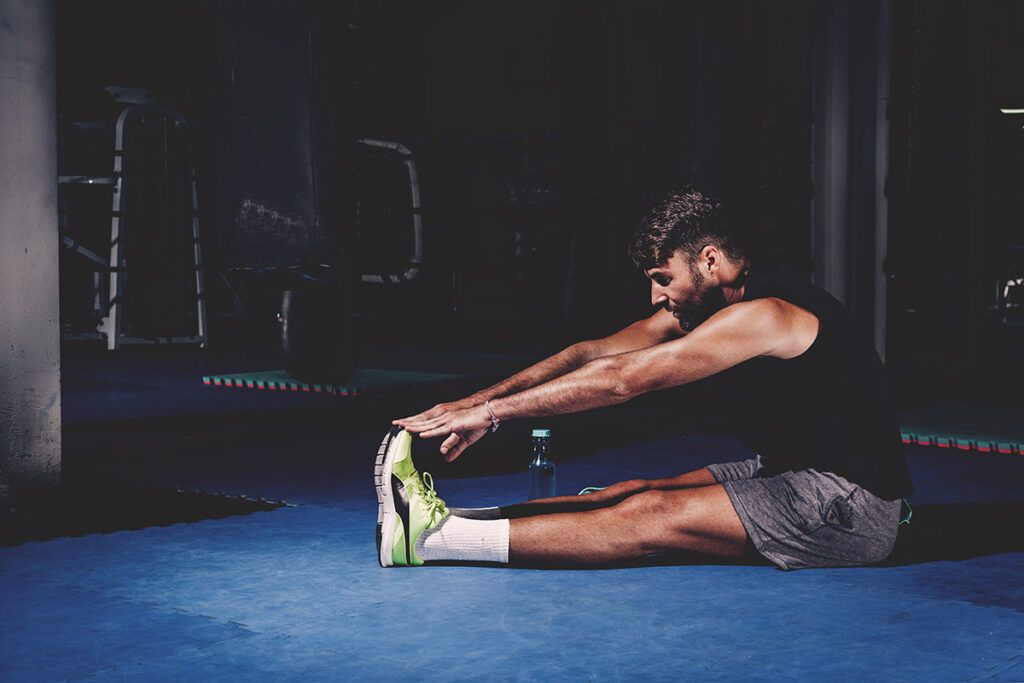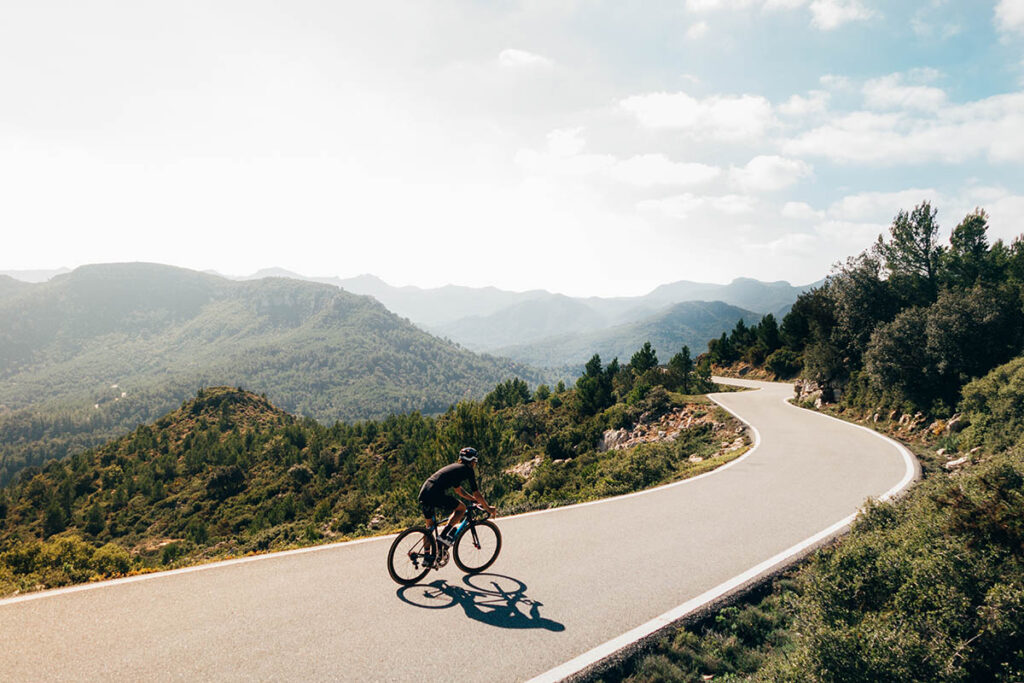

Physical exertion, encountered through rigorous workouts, competitive sports, or even the demands of manual labour, places considerable stress on our muscles and connective tissues. As these activities challenge the body’s limits, they can lead to microtears and inflammation, necessitating periods of recovery. While dedicating oneself to intense training is indispensable for attaining peak performance, it’s equally crucial to have a deep understanding of recovery mechanisms. This ensures not just rapid healing but also sets the stage for future performance enhancements. Within this realm of recovery techniques, cold exposure stands out. Not merely a modern fad, this method, rooted in ancient practices, has been revitalised and reinforced by contemporary scientific studies, solidifying its place as a pivotal component in holistic recovery strategies.
Cold exposure, often referred to as cryotherapy or cold therapy, is the deliberate application of cold temperatures to the body, aiming to tap into various recovery and health benefits. Stemming from age-old traditions such as the Finnish routine of alternating between saunas and a dive into icy waters, cold exposure has been integral to various cultures for centuries. In modern times, this practice has evolved and taken on new forms. While the tried-and-true ice baths remain popular, especially among athletes, the realm of cold exposure has expanded to include innovative solutions like state-of-the-art whole-body cryotherapy chambers, which use extremely low temperatures in a controlled environment to deliver rapid and concentrated therapeutic effects.

When the body confronts cold temperatures, a series of physiological events unfold:
Vasoconstriction: One of the primary physiological responses to cold exposure is vasoconstriction, where blood vessels constrict or narrow, especially in the peripheral parts of the body. This constriction reduces blood flow to the exposed area, acting as a natural defence mechanism. By limiting blood flow, the body minimises the spread of potential inflammatory agents, making it a valuable tool, especially in the initial stages after an injury or intense physical activity, to curb inflammation and swelling.
Numbing Effect: The application of cold has a direct effect on our nerve endings. It can serve as a natural analgesic, dulling or numbing the treated area. By doing so, cold exposure interferes with the pain signals transmitted to the brain, effectively reducing the perception of pain. This numbing effect can offer immediate relief, particularly in cases of acute injuries or post-workout soreness, providing a respite from discomfort without the use of medications.
Reduced Metabolic Rate: At a cellular level, cold exposure induces a slowdown in metabolic processes. When cells are exposed to cold, their metabolic rate – the speed at which they function and carry out processes – decreases. This reduced cellular activity can be beneficial, especially post-injury, as it limits the potential for cell damage and oxidative stress. By slowing things down, the body provides an environment conducive to tissue preservation and, ultimately, a more efficient and faster healing process.
Inflammation Reduction: One of the prominent outcomes of engaging in intense physical activities or sustaining injuries is inflammation, a natural response of the body to combat tissue damage. Cold exposure, especially in the immediate aftermath of physical exertion, acts as a countermeasure, helping reduce this inflammation. By mitigating muscle soreness and associated swelling, cold therapies facilitate a more efficient healing process, enabling athletes and fitness enthusiasts to bounce back faster and more effectively from their training sessions.
Pain Management: The therapeutic application of cold has long been recognised in both traditional and modern medical practices for its analgesic properties. Cold treatments, ranging from simple ice packs to advanced cryotherapy sessions, can serve as potent tools in alleviating discomfort. By numbing the affected regions and curtailing inflammation, cold exposure offers relief from both acute pain, such as post-workout soreness or injuries, and chronic pain conditions, reducing the reliance on medications and providing a natural avenue for pain mitigation.
Improved Sleep Quality: Restful sleep is the cornerstone of recovery, allowing the body to repair and rejuvenate. There’s growing evidence that suggests a link between cold exposure and enhanced sleep quality. By potentially lowering core body temperature and aiding the body’s thermoregulation processes, cold treatments can facilitate a deeper, more restorative sleep. This can be particularly beneficial for athletes and those engaged in rigorous training, ensuring they receive the recuperative benefits of uninterrupted sleep, which is crucial for optimal physical and mental performance.
Enhanced Circulation: The human body’s response to cold exposure is a fascinating play of physiological processes. Initially, there’s vasoconstriction, where blood vessels narrow, reducing blood flow to the cold-exposed regions. However, once the cold stimulus is removed and the body begins to warm, vasodilation occurs—the widening of blood vessels. This alternating cycle not only aids in regulating body temperature but also serves a crucial purpose in recovery. The subsequent rush of blood helps flush out metabolic waste products accumulated during exercise, while simultaneously delivering essential nutrients and oxygen to stressed tissues. This dynamic process accelerates tissue repair and promotes overall healing.

While cold exposure boasts various benefits, it’s essential to approach it with caution:
– Always consult a professional before initiating any cold exposure practices, especially if you have health conditions.
– Limit the duration of exposure to prevent frostbite and other potential complications.
– Monitor your body’s response. If you feel extreme discomfort or see signs of an adverse reaction, stop immediately.
The intricate relationship between cold exposure and recovery weaves a tapestry of complex biological responses influenced by external environments. This dance, underpinned by millennia of ancestral practices and modern-day research, offers a captivating intersection of nature’s inherent remedies and the scientific rigour validating its benefits. Beyond its immediate physiological effects, cold therapy underscores the broader narrative of holistic wellness and the body’s astounding adaptability. As we venture into this realm of recovery modalities, it’s essential to tread with informed discretion, ever-mindful of individual thresholds and physiological cues. Mastery over the delicate balance of cold exposure can serve as a catalyst, not just in recuperating from physical exertion but also in unlocking unprecedented peaks in athletic and personal performance. As the age-old adage goes, sometimes you need to cool the flames to ignite your true potential.
Pournot, H., Bieuzen, F., Duffield, R., Lepretre, P. M., Cozzolino, C., & Hausswirth, C. (2011). Short term effects of various water immersions on recovery from exhaustive intermittent exercise. European Journal of Applied Physiology.
Roberts, L. A., Raastad, T., Markworth, J. F., Figueiredo, V. C., Egner, I. M., Shield, A., … & Peake, J. M. (2015). Post-exercise cold water immersion attenuates acute anabolic signalling and long-term adaptations in muscle to strength training. Journal of Physiology.
Janský, L., Pospíšilová, D., Honzová, S., Uličný, B., Šrámek, P., Šavlíková, J., & Zeman, V. (1996). Immune system of cold-exposed and cold-adapted humans. European Journal of Applied Physiology and Occupational Physiology.
Hohenauer, E., Taeymans, J., Baeyens, J. P., Clarys, P., & Clijsen, R. (2015). The effect of post-exercise cryotherapy on recovery characteristics: a systematic review and meta-analysis. PloS one.
Tiidus, P. M. (2015). Alternative treatments for muscle injury: massage, cryotherapy, and hyperbaric oxygen. Current Reviews in Musculoskeletal Medicine.
Join our community and never miss out on the latest updates and insights in physical training and personal development. By subscribing to our Spectre Performance newsletter, you’ll receive regular, curated content that keeps you informed on all things lifestyle and performance.

